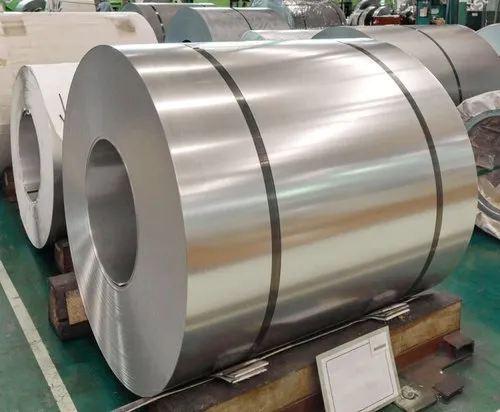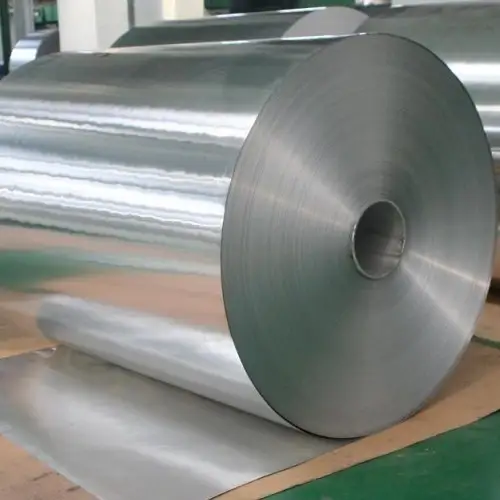In the world of manufacturing and industry, precision and efficiency are paramount. One crucial component in this pursuit is understanding the difference between coil strips and strips and knowing how they are used. This comprehensive guide will take you through the intricacies of coil strips, strips, and their applications, providing expert insights and answers to frequently asked questions.
What is Coil Strips? Coil vs. Strip – Unraveling the Basics
In this section, we’ll delve into the fundamentals of coil strips and strips. Understanding these terms is crucial for a deeper insight into their applications.
Coil Strips Defined
Coil strips refer to long, coiled rolls of material, often metal, that are flattened into thinner strips. These strips are characterized by their continuous length and can vary in width and thickness, depending on the specific manufacturing requirements.
Strips Explained
Strips, on the other hand, are flat, rectangular pieces of material, usually cut from larger sheets or rolls. Unlike coil strips, strips are not coiled and are available in various dimensions.
Coil Strips vs. Strips – Spotting the Differences
Differentiating between coil strips and strips is essential for selecting the right material for a particular application.
Physical Characteristics
- Coil Strips: Typically, coil strips are rolled into compact coils, making them more space-efficient for storage and transportation.
- Strips: Strips are flat, making them suitable for applications where a coiled form is impractical.
Manufacturing Process
- Coil Strips: Coil strips are produced by coiling continuous sheets and then slitting them into narrower strips.
- Strips: Strips are obtained by cutting larger sheets or rolls into desired dimensions.

Use Cases
- Coil Strips: Coil strips are commonly used in industries like automotive manufacturing, construction, and appliances due to their versatility.
- Strips: Strips find applications in areas where flat, precise pieces of material are needed, such as in electronics and packaging.
Cost Considerations
- Coil Strips: The continuous production process of coil strips can often result in cost savings.
- Strips: Strips may be more cost-effective for smaller quantities or specialized dimensions.
Applications of Coil Strips and Strips
Understanding how these materials are used in various industries is crucial for making informed decisions.
Coil Strips in Action
Coil strips are prized for their flexibility and adaptability. They find extensive use in the following industries:
- Automotive Manufacturing: Coil strips are utilized in vehicle components like body panels and frames.
- Construction: In construction, coil strips are employed for roofing, siding, and structural elements.
- Appliance Manufacturing: Household appliances like refrigerators and ovens often incorporate coil strips in their construction.
Utilizing Strips
Strips, with their precision and flatness, are indispensable in specific applications:
- Electronics: Strips are used in circuit boards and connectors due to their precise dimensions.
- Packaging: Strips play a crucial role in packaging machinery, ensuring precise cutting and sealing.
- Aerospace: In aerospace, strips are employed in critical components where precision is non-negotiable.
Conclusion
In this comprehensive guide, we’ve unraveled the mysteries of coil strips and strips, their differences, and their diverse applications across industries. Armed with this knowledge, you can make informed decisions when choosing between coil strips and strips for your specific manufacturing needs. Whether it’s automotive, construction, electronics, or packaging, understanding these materials is key to success.
Frequently Asked Questions (FAQs)
Let’s address some common queries regarding coil strips, strips, and their applications.
- Can coil strips be used interchangeably with strips?
- While they share some similarities, their distinct physical characteristics make them suitable for different purposes. Coil strips are more flexible, whereas strips offer precise, flat dimensions.
- What materials are used to make coil strips and strips?
- Coil strips and strips can be made from various materials, including metals like steel and aluminum, as well as plastics and composites.
- Are coil strips and strips customizable in terms of width and thickness?
- Yes, both coil strips and strips can be customized to meet specific width and thickness requirements, making them versatile materials for various applications.
- Which industries benefit the most from coil strips and strips?
- Coil strips find extensive use in automotive, construction, and appliance manufacturing, while strips are prevalent in electronics, packaging, and aerospace industries.
- What are the advantages of using coil strips or strips over other materials?
- Coil strips and strips offer advantages such as cost-effectiveness, precise dimensions, and adaptability, making them preferred choices in their respective applications.
- Where can I source coil strips and strips for my manufacturing needs?
- Numerous suppliers and manufacturers offer coil strips and strips, ensuring a readily available supply for various industries.
